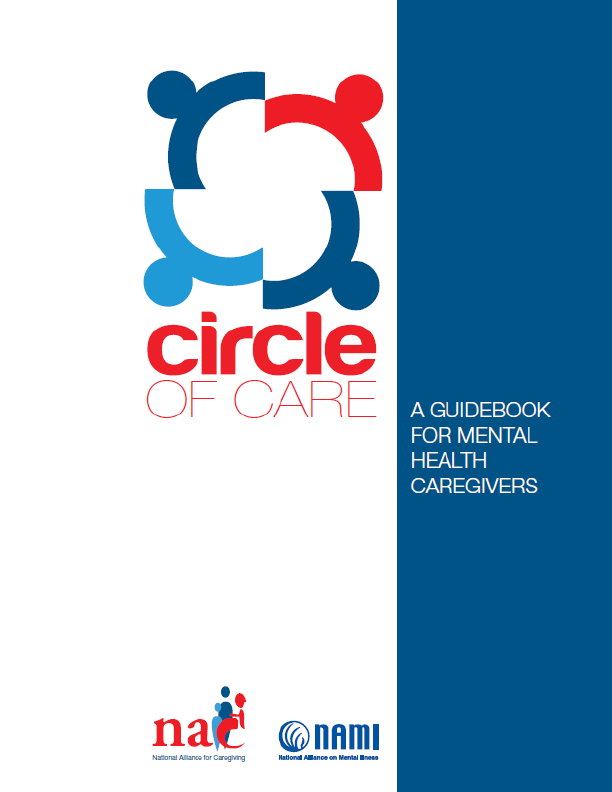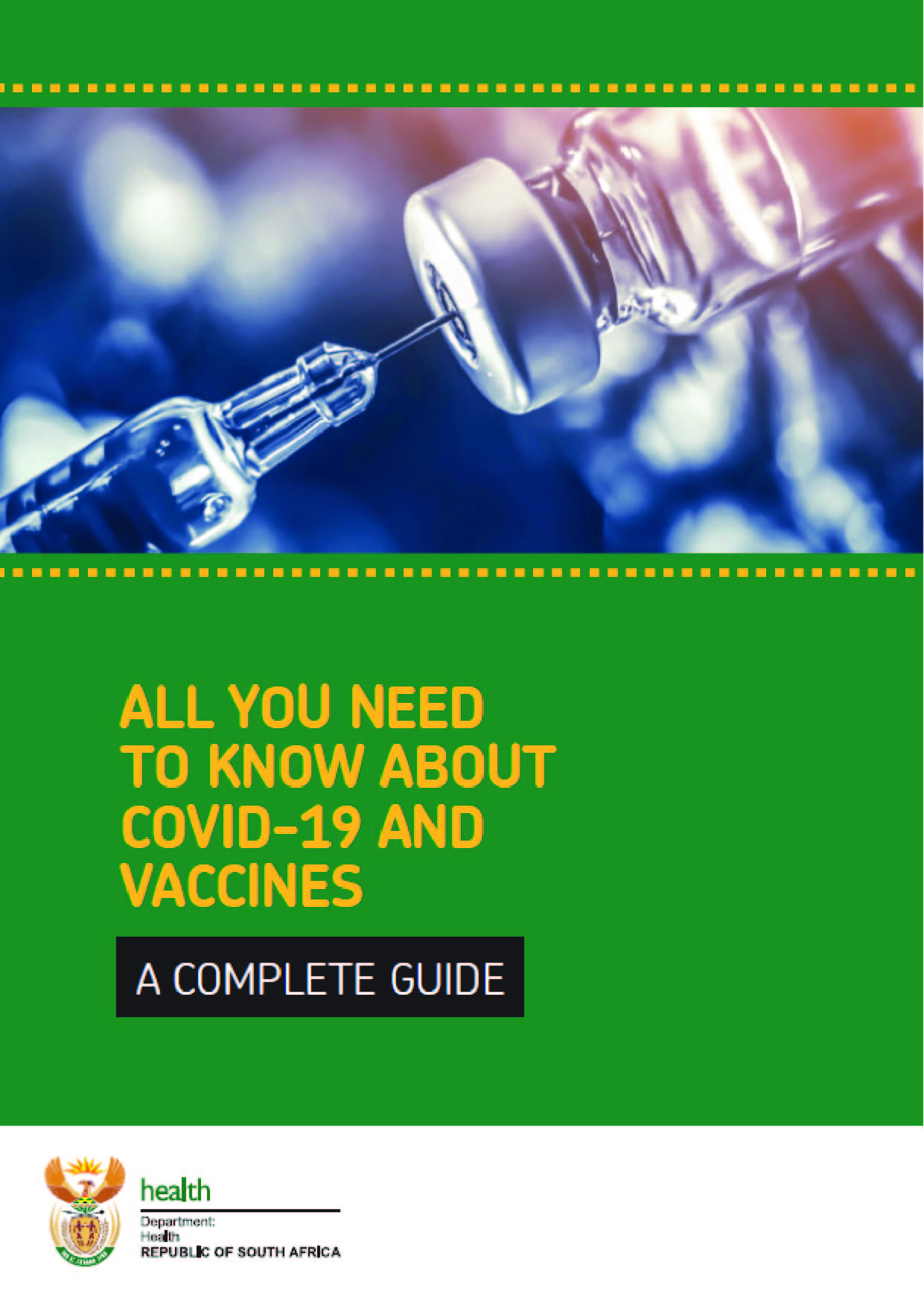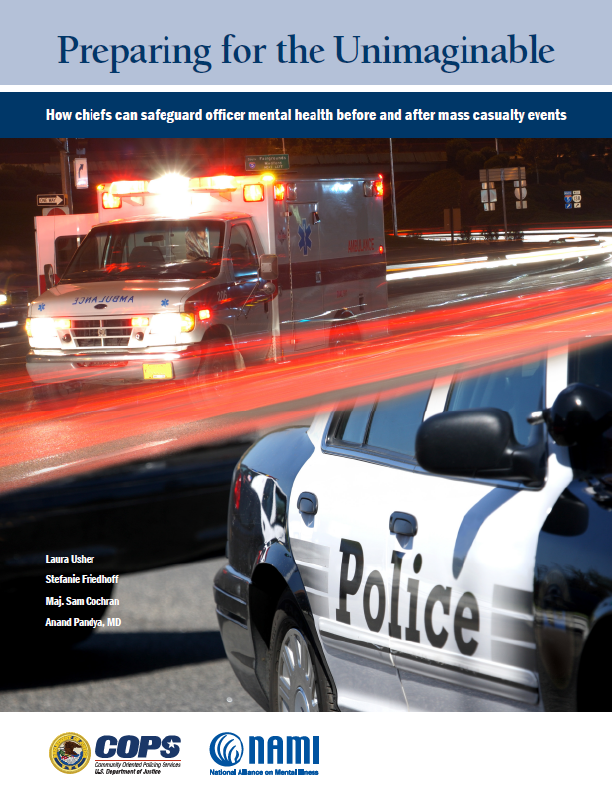A time for international collaboration and co-investment The crisis has revealed striking differences between National Statistical Offices (NSOs) from low- and highincome countries in how they are addressing operational challenges and meeting the new data demands from all sectors of society. This highlights the need to understand the country-specific circumstances that determine the effectiveness of different types of investments and partnerships aimed to enhance the resilience and responsiveness of the National Statistical Systems.
While addressing disruptions to their regular statistical operations brought about by the pandemic, NSOs have also actively responded to a large increase in data demands. According to the COVID-19 Survey of National Statistical Offices (NSOs), conducted by the World Bank and the United Nations Statistics Division in collaboration with the UN Regional Commissions, in October last year, 82 percent among a sample of 125 NSOs were collecting data on COVID-19 and its impacts. Particularly in the case of low- and lower-middle income countries, these efforts focused predominantly on measuring the socioeconomic impacts of the pandemic on households and businesses.
However, out of 175 countries that have carried out or planned surveys measuring the impact of COVID-19 on households and individuals through telephone interviewing since 2020, only 34 per cent could rely on a recent survey or census to obtain respondent’s contact information, while the remaining two thirds had to resort to other random digital dialing (RDD) or other non-probability sample designs. In tracking the spread and the impact of the COVID-19 pandemic, low and lowermiddle income countries have had to compensate the lack of access to administrative data using alternative data sources, such as geospatial data and mobile phone data.
The financial implications for statistical operations resulting from the pandemic were more immediately visible in low- and lower-middle income countries.
In May 2020, almost three quarters of NSOs in high-income countries reported no changes in their funding; in contrast, more than half of NSOs in low and lower-middle income countries noted a decrease in their overall funding from government and other sources. Consistent with this observation, already in May 2020, a large majority (87 percent) of NSOs in low and lowermiddle income countries indicated that moderate to severe funding limitations where challenging their ability to operate during the pandemic (as opposed to only one third of NSOs in high-income countries). The reorientation of funding resources (internal and external) away from population and housing census programmes and towards pandemic control activities remained generally limited (only 16 percent of all NSOs reported this to be the case). However, such reorientations of funding were markedly more common among NSOs in low and lower-middle income countries (26 percent). This highlights the risk of a potentially widening gap in the funding of future censuses. Moreover, in spite of the fact that 4 in 10 low and lowermiddle income countries reported to have received financial support from international organizations and partners to face the challenges posed by the COVID-19 pandemic in 2020, 63 percent of NSOs in this group also indicated great need for additional financial support (as opposed to 12 percent of NSOs in high-income countries). In some countries, additional support is needed even to sustain the most basic capabilities, including remuneration of staff and the provision of IT infrastructure and internet connectivity services.
NSOs are engaging in new partnerships with international or public sector partners and, somewhat less frequently, private partners to bridge the data gaps created by the pandemic.
Countries with a strong government response to COVID-19 pandemic also had an increased chance to have produced information in partnership with others.* Over 7 in 10 NSOs that have collected data on COVID-19 and its impacts have relied on existing or new partnerships to do so. This practice was nearly universal in low and lower-middle income countries, where 89 percent of NSOs produced these data with at least one partner. The most frequent type of partnership entered by NSOs in response to the pandemic varies across countries from different income groups. Sixty-three percent of NSOs from lowand lower-middle income countries entered new technologyrelated partnerships. Conversely, 76 percent of NSOs in highincome countries entered new partnerships to gain access to new data sources. Moreover, international partnerships accounted for the highest share in low and middle-income countries, while public sector partnerships were predominant in their high-income counterparts. Across all income-level groups, a majority of NSOs indicated that the formalization of collaborative arrangements was among the top three challenges preventing new partnerships with public sector partners (67 percent) and private sector partners (61 percent) during the pandemic. In contrast, for the establishment of new international partnerships, securing funding was reported by 62 percent of NSOs among the top three challenges.











